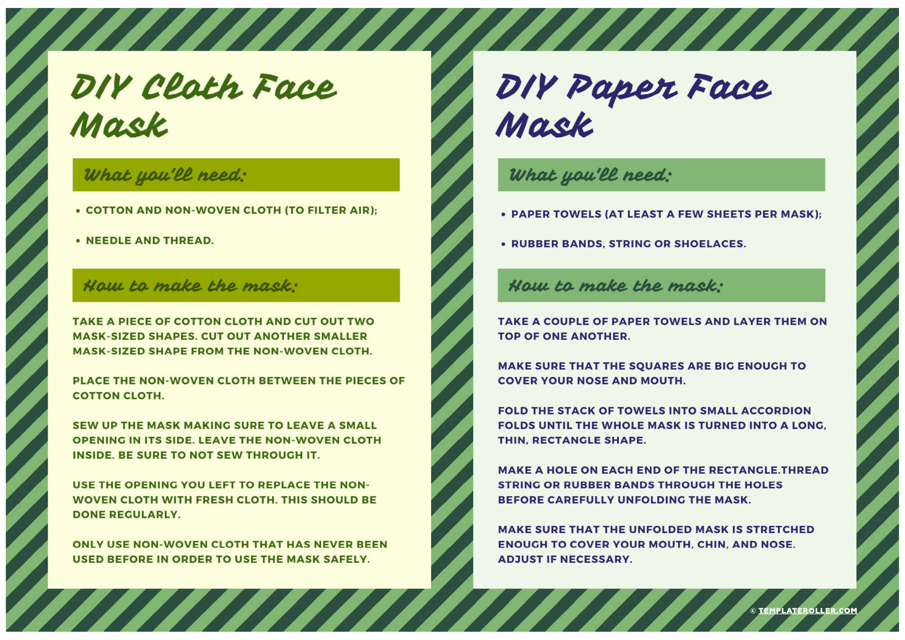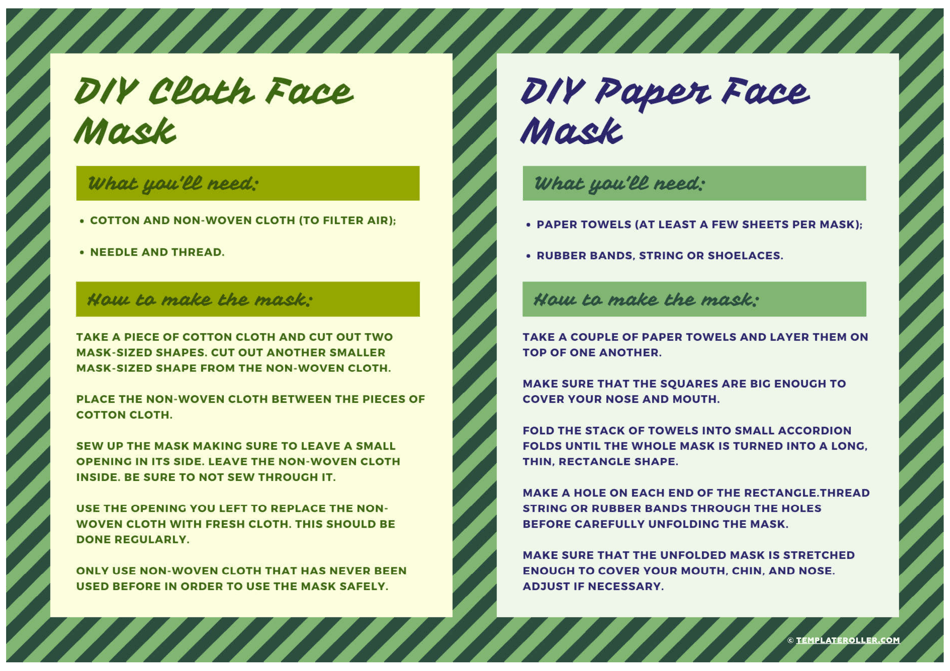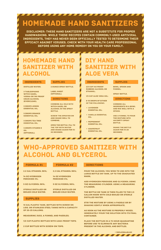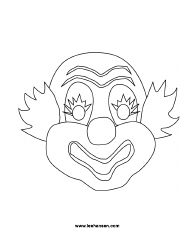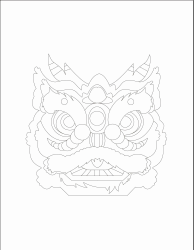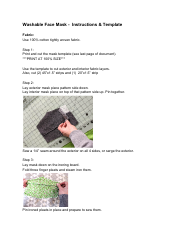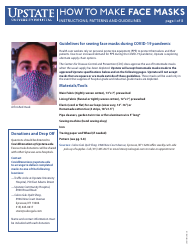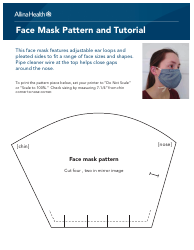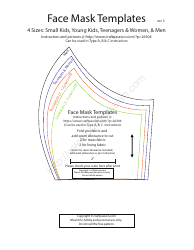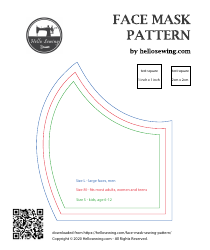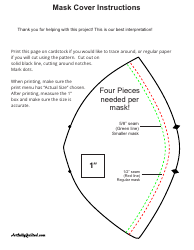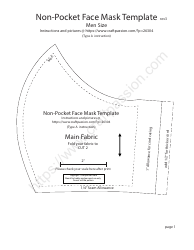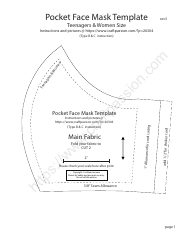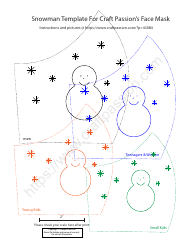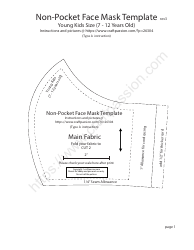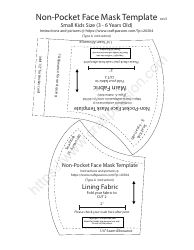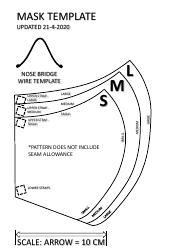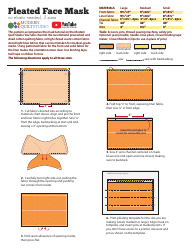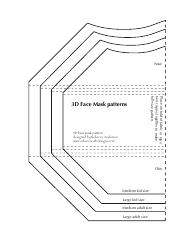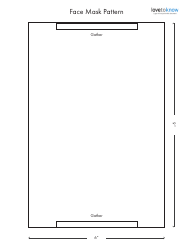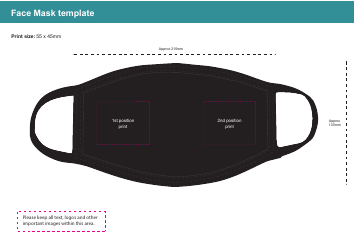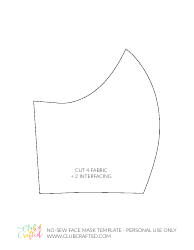How to Make a Medical Face Mask
Hand sanitizer isn't the only thing flying off the shelves recently as many people continue to use and look for medical face masks. But what to do when masks become impossible to find and sold out at most stores?
How to Make a Medical Face Mask at Home?
Download our guide on how to make your own DIY face masks (step-by-step instructions are provided below the poster) and be sure to also check out our article on how to make your own hand sanitizer.
DISCLAIMER: Making your own medical supplies is not medically approved. It is advised to buy face mask products from approved stores and places of business. Please use caution when using any of the following instructions and stick to traditional methods of safety if at all possible.
DIY Paper Mask
Supplies:
- Paper towels (at least three sheets per mask);
- Rubber bands (a string or shoelaces can also work).
Instructions:
- Take 3 paper towels and layer them on top of one another. Make sure that the square is big enough to cover your mouth and nose.
- Fold the entire stack of towels into small accordion folds until the whole stack is turned into a long, thin, rectangular shape.
- Make a hole on each end of the rectangle. Thread your string, rubber bands, or shoelaces through the holes to make fastenings for your ears. You may also glue or staple the string to the mask if that is preferred.
- Carefully unfold the rectangle until it forms a mask that is big enough to cover your nose, mouth, and chin. Adjust the mask if too tight or too loose.
DIY Cloth Mask
Supplies:
- Cotton cloth (for the mask);
- Non-woven cloth (for the air filter);
- Needle and thread.
Instructions:
- Find a piece of cotton cloth. An old t-shirt or clothing material will do: make sure that it has been properly washed and sanitized.
- Use a surgical mask as a sample size. Take the piece of cotton cloth and cut out two mask-sized shapes. Cut out another smaller mask-sized shape from the non-woven cloth.
- Place the non-woven cloth between the pieces of cotton cloth.
- Sew up the mask making sure to leave a small opening in its side. Leave the non-woven cloth inside. Be sure to not sew through it.
- Use the opening you left to replace the non-woven cloth with fresh cloth. This should be done regularly.
- Only use a non-woven cloth that has never been used before in order to use the mask safely.
Face Mask Vs. Respirator
So what is the difference between a face mask and a respirator?
Medical masks help reduce the risk of blood and airborne bodily fluids from reaching the wearer's mouth and nose. It acts as a simple barrier that prevents many of these substances from coming into contact with the wearer but does not protect from viruses or airborne particles.
Respirators protect individuals from exposure to airborne particles in medical environments, when working with paints or chemicals, and during construction projects. They are designed to snugly fit the face of the wearer. A tight seal between the user's face and the respirator forces air that is inhaled to be pushed through the respirator's filter, providing protection from airborne particles.
